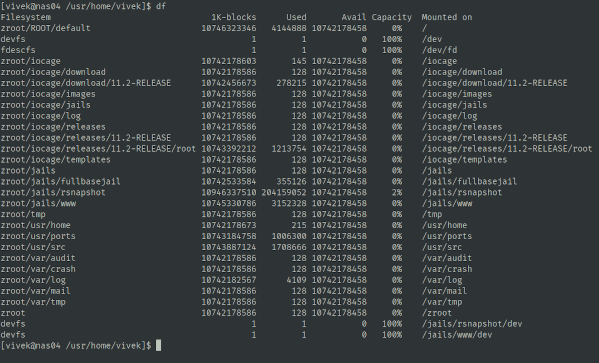


The lsof command can show all the files that a process opens, or all the processes that open a file. TID PRIO USER DISK READ DISK WRITE SWAPIN IO> COMMANDġ028 be/4 root 200.00 B/s 300.00 B/s 0.00 % 0.00 % sshd Find which file caused the iowait Total DISK READ : 0.00 B/s | Total DISK WRITE : 0.00 B/sĪctual DISK READ: 0.00 B/s | Actual DISK WRITE: 0.00 B/s The simplest way to find the culprit is to, by looking at iotop statistics, we can easily guide sshd as the culprit.Īlthough Iotop is a very powerful tool and is easy to use, it is not installed by default on all Linux operating systems. This is very useful for us to find the appropriate process. In the example above, our project seems to be reading and writing very much information. In addition to%utilized, we can get richer resources from iostat, such as read/write requests per millisecond (rrqm/s & wrqm/s)), read and write per second (r/s & w/s), and of course more. In the above example, the%utilized of sda is 111.41%, which is a good indication that a process is being written to the sda disk. The first Iostat report prints the statistics after the last boot of the system, which means that in most cases the first printed information should be ignored, and the remaining reports are based on the time of the previous interval.įor example, this command will be printed 5 times, the second report is a statistic from the first report, the third time is based on the second, and so on. In the example above, Iostat will be updated every 2 seconds, printing 5 times of information, and-X’s option is to print out the extended information Linux 3.10.86_64 (localhost.localdomain) 2017年03月03日 _x86_64_ (1 CPU)Īvg-cpu: %user %nice %system %iowait %steal %idleĭevice: rrqm/s wrqm/s r/s w/s rkB/s wkB/s avgrq-sz avgqu-sz await r_await w_await svctm %util Check this post to troubleshooting Disk Issues In Linux for more. The top command above explains I/O wait from a whole, but does not indicate which disk is affected, and to know which disk is causing the problem, we use another command Iostat command. 450460 avail Memįrom the CPU line we can see the percentage of CPU wasted on I/O wait the higher the number, the more CPU resources are waiting for I/O permissions.Īmount of time the CPU has been waiting for I/O to complete. Tasks: 147 total, 1 running, 146 sleeping, 0 stopped, 0 zombie Check this post to understand CPU Usage us sy wa hi in Linux Top. Verify that the system is slow due to I/O we can use multiple commands, but the simplest is the Linux command top. Determine if an IO problem is causing the system to slow IO wait is related to the CPU resource on the server. It indicates that the system is waiting on disk or network IO. The iowait column on top command output shows the percentage of time that the processor was waiting for I/O to complete. Determine if an IO problem is causing the system to slow.
LINUX DISK HEALTH HOW TO
Hope this can give you more ideas about how to fix high IOwait issue. Today we will look at what io wait means and what contributes to this problem. Linux high IO wait is a common Linux performance issue.


 0 kommentar(er)
0 kommentar(er)
